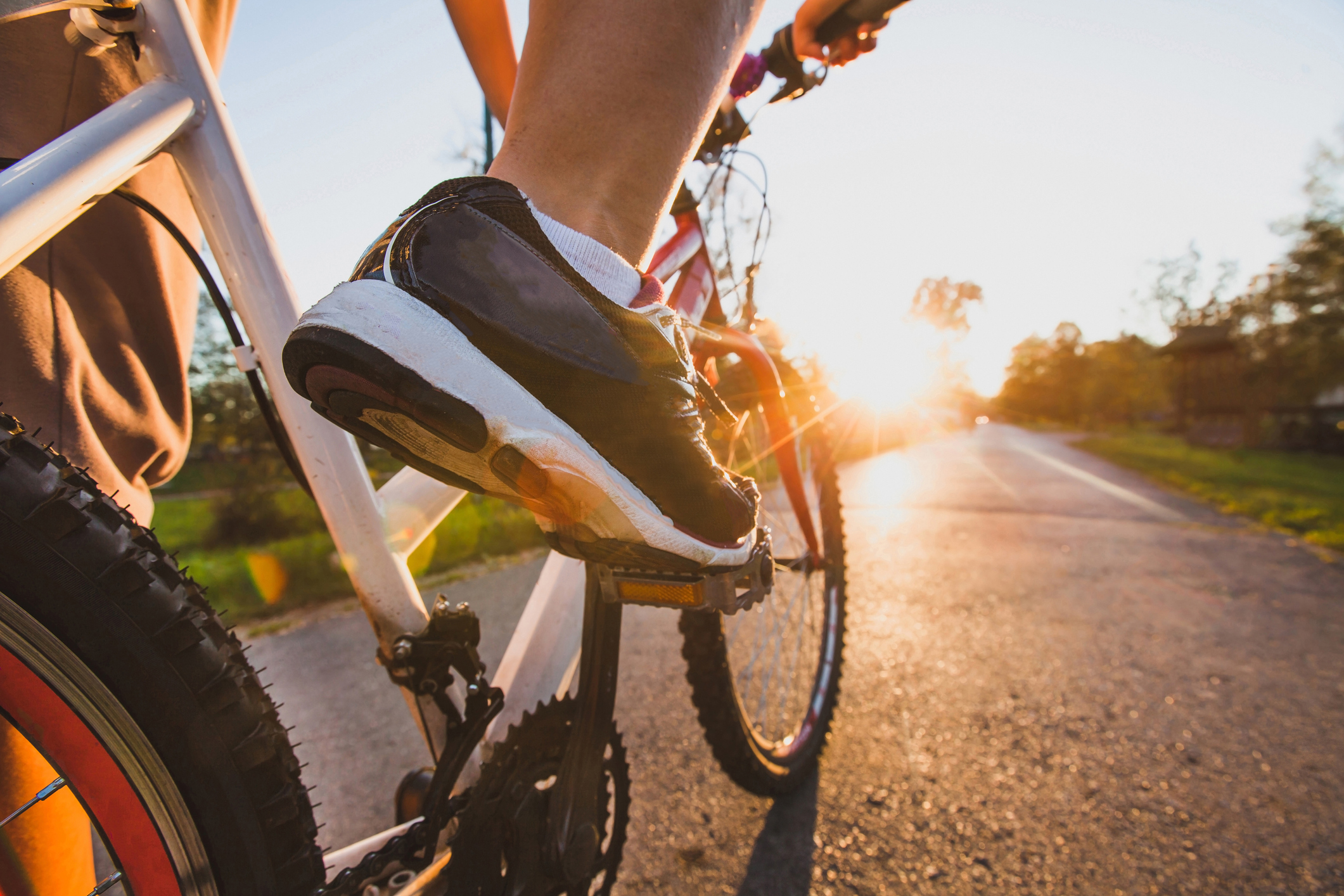
Common Cycling Injuries: Prevention & Treatment Tips
Injuries are part and parcel of being a cyclist, be that a casual rider, commuter or an experienced pro. In last month's blog we took a look at the most common types of injuries faced by cyclists, the main causes, and also delved into some prevention strategies.
So, given an injury … or 2, is an inevitability, let’s take a closer look at some tips for treatment and recovery.
Here’s a quick recap on the most common types of cycling injuries;
Strains and Sprains: Strains typically occur due to overstretching, while sprains involve the tearing of ligaments.
Overuse Injuries: These often manifest as discomfort or pain in areas such as the knees, lower back, or wrists as a result of repetitive motion, particularly during long rides
Impact Injuries: Accidents or collisions can result in more severe impact injuries and can include fractures, dislocations, or concussions.
Treatment and Recovery
First Aid
Cuts, bruises, and minor sprains are common. So make sure you’re familiar with basic first aid treatments and carry a small first aid kit so you can quickly deal with any little hiccups.
Rest and Recovery
Listening to your body is the best medicine. If you feel any discomfort or pain, then give yourself time for rest and recovery. Overuse injuries can be prevented by incorporating rest days into your cycling routine … as hard as that is!
Listen to Your Body:
- Understand the difference between the normal fatigue associated with a good workout and persistent discomfort or pain. If something doesn't feel right, it probably isn’t. Don’t ignore it.
- Adjusting Intensity: Incorporate easier rides or rest days after particularly challenging or long rides. This allows your body time to recover without placing too much stress on already fatigued muscles.
Nutrition for Recovery:
- Rehydrate: After a ride, replenish lost fluids by drinking water or a sports drink with electrolytes. Proper hydration supports muscle function and will help prevent cramps.
- Refuel with Protein and Carbohydrates: Eat a balanced meal or snack containing both protein and carbohydrates within 30 minutes to an hour after cycling. This supports muscle repair and glycogen replenishment.
Active Recovery:
- Light Exercise or Stretching: Make sure to do some easy exercises, like walking or easy cycling, to promote blood flow and ease any muscle stiffness. And incorporate stretching into your fitness / recovery regime to maintain flexibility and prevent muscle tightness.
- Foam Rolling: Use a foam roller to target specific muscle groups. Foam rolling can help release tension and improve flexibility, helping with post-ride recovery.
Cold Compression Therapy:
- Ice Packs or Cold Baths: Applying ice packs to specific muscle groups or taking a cold bath can help reduce inflammation and alleviate any soreness. Cold compression therapy is particularly effective immediately after a tough ride.
Professional Assistance:
- Massage or Physical Therapy: Regular massages or visiting a physical therapist can target specific areas of tension or imbalance.
Periodisation:
- Structured Training Periods: Follow a structured training plan that includes periods of increased intensity followed by periods of reduced intensity or active recovery. This approach, known as periodisation, allows for strategic rest and recovery to prevent burnout and overtraining.
Professional Help
It goes without saying that for more severe injuries, seek professional medical advice. Ignoring persistent pain or discomfort can lead to long-term issues.
Whilst injuries are unavoidable, listening to your body and building in proper rest and recovery time into your cycling schedule will keep any cycling downtime to a minimum and also prevent any more serious injuries developing. And remember, prevention is always better than the cure.
